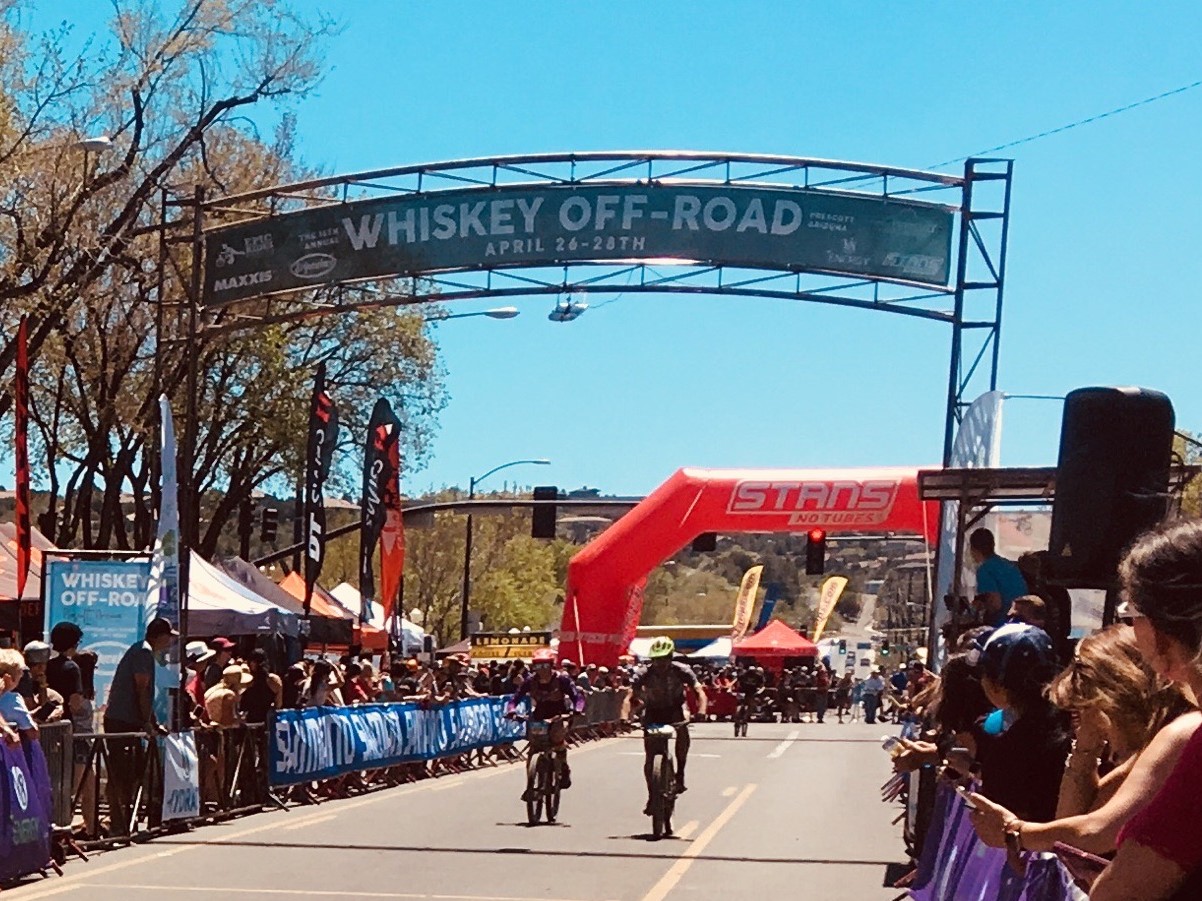Image of Whiskey Off-Road by Andrea Schaben
If E and F are events, we can compute the probability of the union of these events using
In an applied problem, you might see the word “or” used in place of the union ∪ symbol or the word “and” used in place of the intersection symbol ∩. In this case we can write out this fu=ormula as
P(E or F) = P(E) + P(F) – P(E and F)
If we know any three of the four probabilities in the formula, we can solve for the fourth probability. This formula can also be used if the probabilities involve compliments. In that case, we can utilize
to help compute the probability. The examples below illustrates how we can use these formulas.
Problem Your bicycle has a noise coming from the back wheel. The probability that the rear hub needs to be adjusted is 0.4. The probability that the brakes need adjusting is 0.55. The probability that the rear hub needs to be adjusted and the brakes need to be adjusted is 0.10.
a. What is the probability that the rear hub needs adjusting or the rear brakes need adjusting?
Solution Let’s start by defining the events in this problem.
R: the rear hub needs adjusting
B: the brakes need adjusting
Examining the question, we notice that it is looking for the two events with “or” between the events. The word “or” indicates union so the probability we seek is P(R ∪ B). Using the union formula above with the events R and B gives
From the problem statement, we see one probability uses the word “and”. This signals intersection so we know P(R ∪ B) = 0.1. The other probabilities in the problem give us P(R) = 0.4 and P(B) = 0.55. The union formula gives us

Solution The key to solving this problem is to associate the event “neither the rear brakes need adjusting nor the rear brakes need adjusting” with the events R and B. This event is the compliment of the event in part a, P((A ∪ B)’). This means we can use the compliment formula,
to find the probability that neither the rear brakes need adjusting nor the rear brakes need adjusting. Putting in the answer from part a gives



